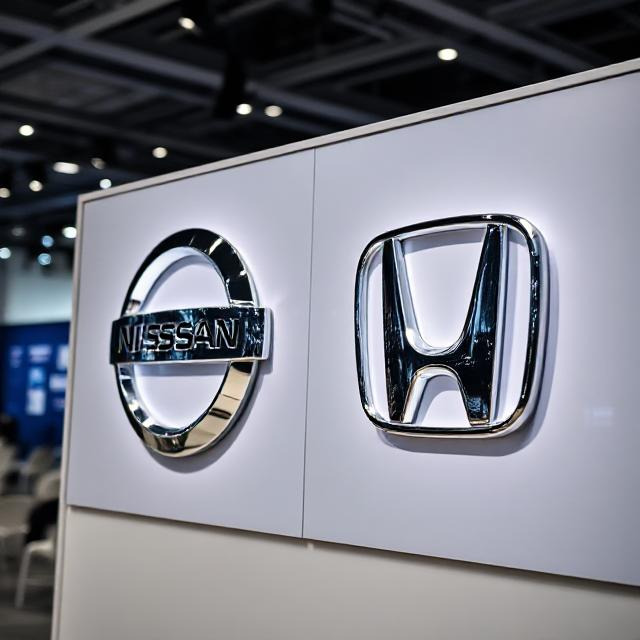In a significant update to the news that was previously covered in our latest blog post on the Nissan-Honda-Mitsubishi merger, Nissan and Honda have officially decided to end their merger discussions. This decision comes after several months of negotiations that aimed to create the world’s fourth-largest automotive group by vehicle sales.

Honda’s proposal to make Nissan a subsidiary was a major sticking point. Nissan, Japan’s third-largest automaker, was unwilling to accept a subordinate role, leading to a deadlock in negotiations.
Both companies are now prioritizing their individual strategies to navigate the rapidly evolving automotive landscape. Nissan is pushing ahead with its restructuring plan, which includes cutting 9,000 jobs and reducing global production capacity by 20%. Meanwhile, Honda is focusing on strengthening its position in key markets like China and the U.S.
The rapid rise of Chinese electric vehicle (EV) manufacturers, such as BYD, has disrupted the global automotive market. Both Nissan and Honda are feeling the pressure, particularly in China, where demand for traditional internal combustion engine vehicles is declining.
The threat of tariffs in the United States, a major market for both automakers, has added another layer of complexity to their strategic planning.'
While the merger talks have ended, both companies remain open to collaboration in specific areas, particularly in technology. Before the merger discussions, Nissan and Honda had been exploring a potential partnership focused on EV and autonomous driving technologies. This collaboration could still materialize, albeit on a smaller scale.
Nissan is moving forward with its restructuring efforts, which include optimizing operations in China. The company has already suspended production at its Changzhou plant and is expected to further reduce its capacity in the region.
Honda is focusing on expanding its EV lineup and strengthening its presence in emerging markets. The company is also investing heavily in research and development to stay competitive in the global EV race.
In a related development, Foxconn, the Taiwanese electronics giant, has expressed interest in partnering with Nissan. Foxconn Chairman Young Liu stated that while the company is open to taking a stake in Nissan, its primary goal is to explore technological cooperation. (Source: FT.com)
Following the announcement, Nissan’s shares rose by 0.5%, while Honda’s shares gained 2.5%. The broader market also saw a positive trend, with the Nikkei 225 index rising by 1.4%. However, Nissan’s shares have significantly underperformed compared to Honda over the past decade. A decade ago, both companies had similar market capitalizations of around 4.6 trillion yen. Today, Honda’s market cap stands at approximately 7.5 trillion yen, while Nissan’s is nearly five times smaller.
The collapse of the Nissan-Honda merger talks highlights the challenges of forming large-scale alliances in an industry undergoing rapid transformation. While the merger could have created a formidable competitor to global giants like Toyota, Volkswagen, and Tesla, the failure underscores the importance of aligning corporate cultures and strategic visions.
For now, both Nissan and Honda will continue to pursue their individual paths, focusing on innovation, sustainability, and market expansion. The automotive industry will be watching closely to see how these two iconic brands adapt to the challenges and opportunities of the EV era.
Source: Adapted from Reuters